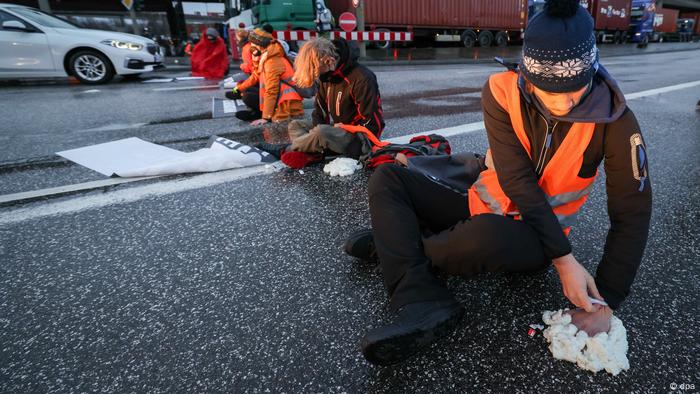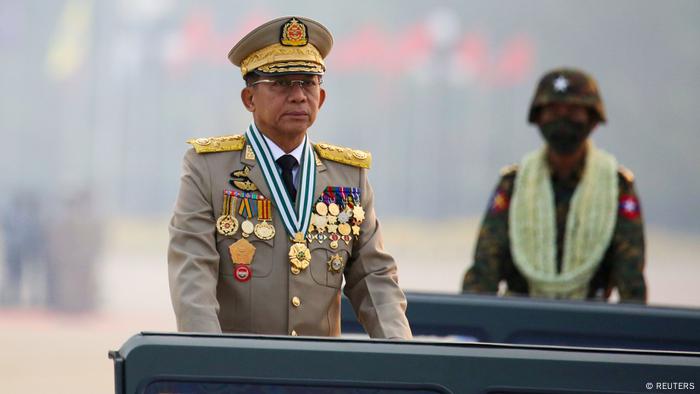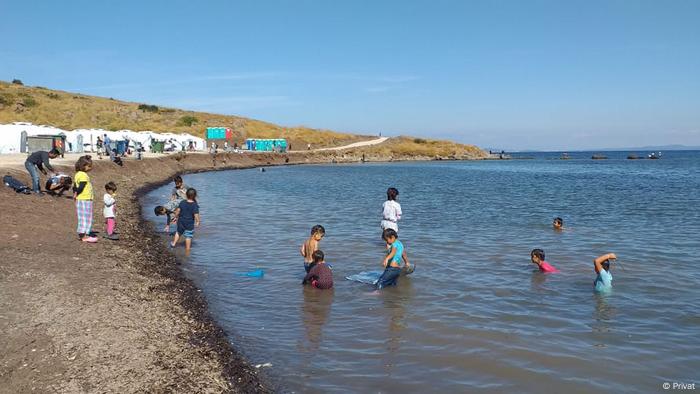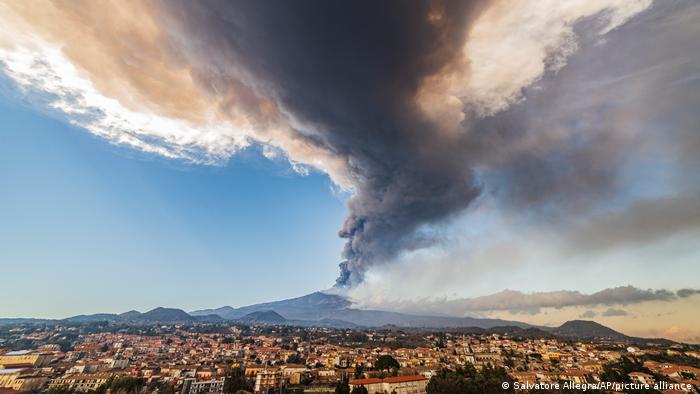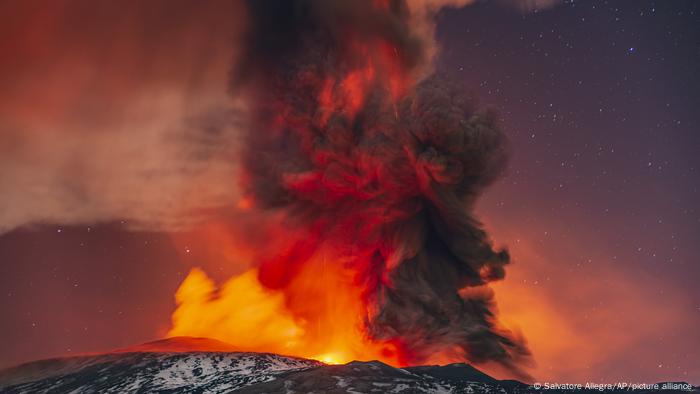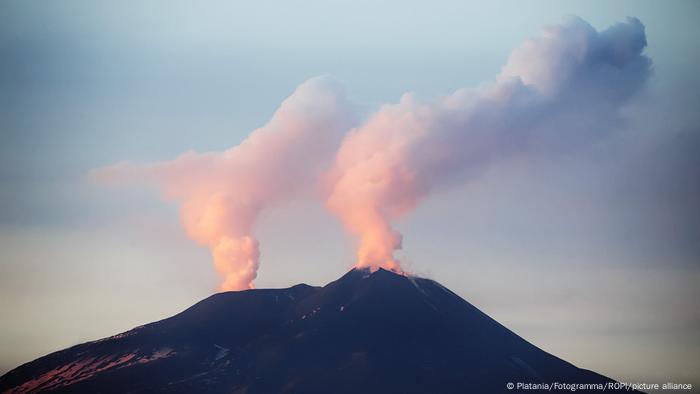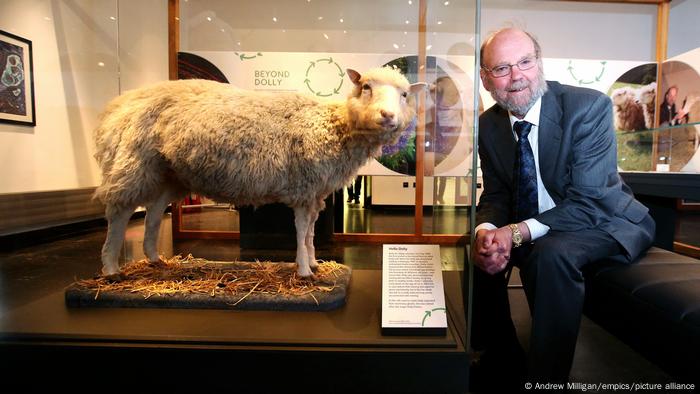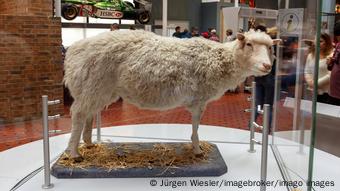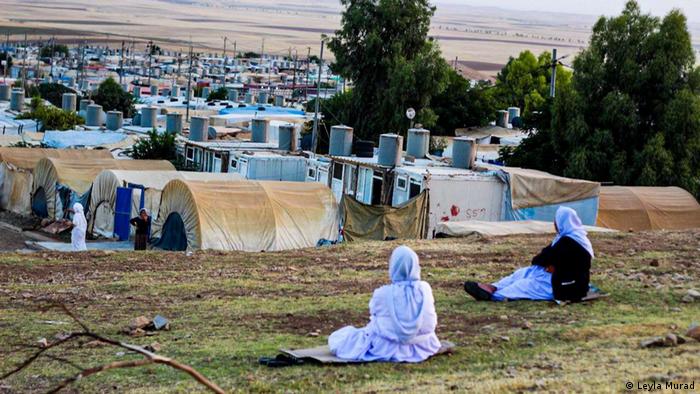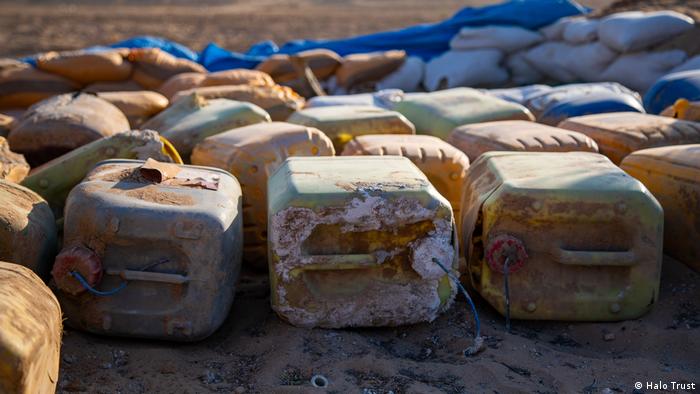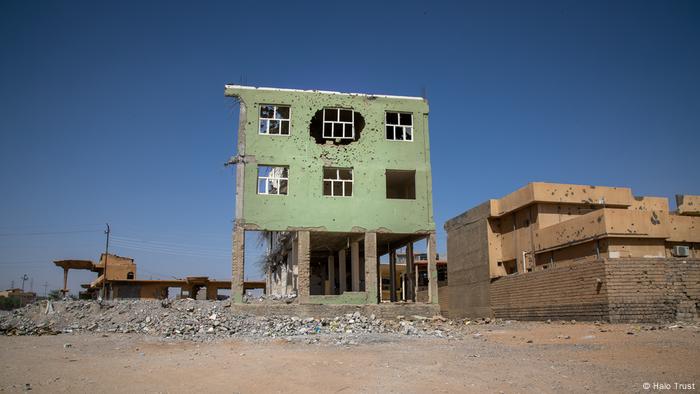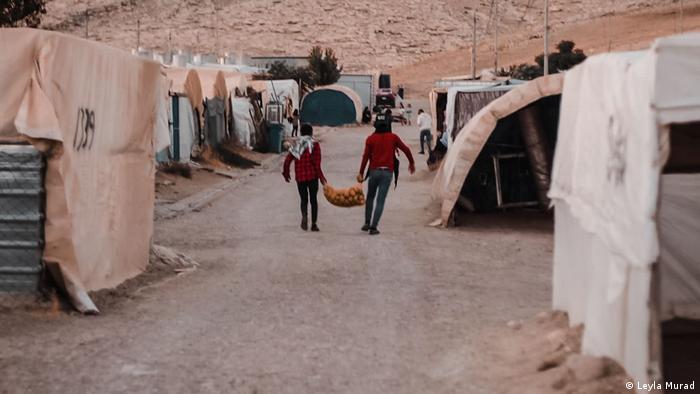
Indian chess prodigy Rameshbabu Praggnanandhaa in 2016 became the youngest international master in history at age 10
Tue, February 22, 2022
Indian teenage chess grandmaster Rameshbabu Praggnanandhaa won praise Tuesday for a stunning victory over world number one Magnus Carlsen in an online championship.
Praggnanandhaa, 16, who in 2016 became the youngest international master in history at age 10, beat Carlsen late on Monday at the Airthings Masters rapid chess tournament.
"It's about time to go to bed as I don't think I will have dinner at 2.30 in the morning," a visibly calm Praggnanandhaa said after the 39-move victory playing black.
Others have beaten Carlsen -- including Indians Viswanathan Anand and Pentala Harikrishna -- but Praggnanandhaa is the youngest since the Norwegian became world champion in 2013.
Anand, a five-time world champion and acclaimed as the greatest chess player India has produced, tweeted: "Always proud of our talents! Very good day for @rpragchess."
Indian cricket superstar Sachin Tendulkar also joined in the praise for Chennai-born Praggnanandhaa, widely regarded as a future world title challenger.
"What a wonderful feeling it must be for Pragg. All of 16, and to have beaten the experienced & decorated Magnus Carlsen, and that too while playing black, is magical!," Tendulkar wrote on Twitter.
"Best wishes on a long & successful chess career ahead. You've made India proud!"
Carlsen, 31, appeared to blunder in the Meltwater Champions Chess Tour event for a total prize pool of over $1.5 million.
On Monday, Carlsen had said he was still feeling the after-effects of a recent coronavirus infection.
"It was better today, but the first couple of days, I was feeling like I am okay but I don't have any energy and it was kind of hard to focus," Carlsen said.
Carlsen won his fifth straight world chess title in December, overcoming Ian Nepomniachtchi in a contest that saw the Russian lose his nerve after losing an epic eight-hour game, the longest ever played at a world championships.
The teenager's victory follows an underwhelming performance in the tournament so far where his previous victory came in the eighth round over grandmaster Levon Aronian.
"His results in the past six months has swung between extremes," Praggnanandhaa's coach RB Ramesh was quoted as saying on ESPN.
"The fluctuation can be worrying and needs to be stabilised. This win against Magnus is important. Beating one of the strongest players in chess history is a huge moment for him."
fk/stu/dh
Indian grandmaster, 16, beats world chess champion Magnus Carlsen
Rameshbabu Praggnanandhaa, who in 2016 became the youngest international master in history at 10, beats Carlsen in online championship.



